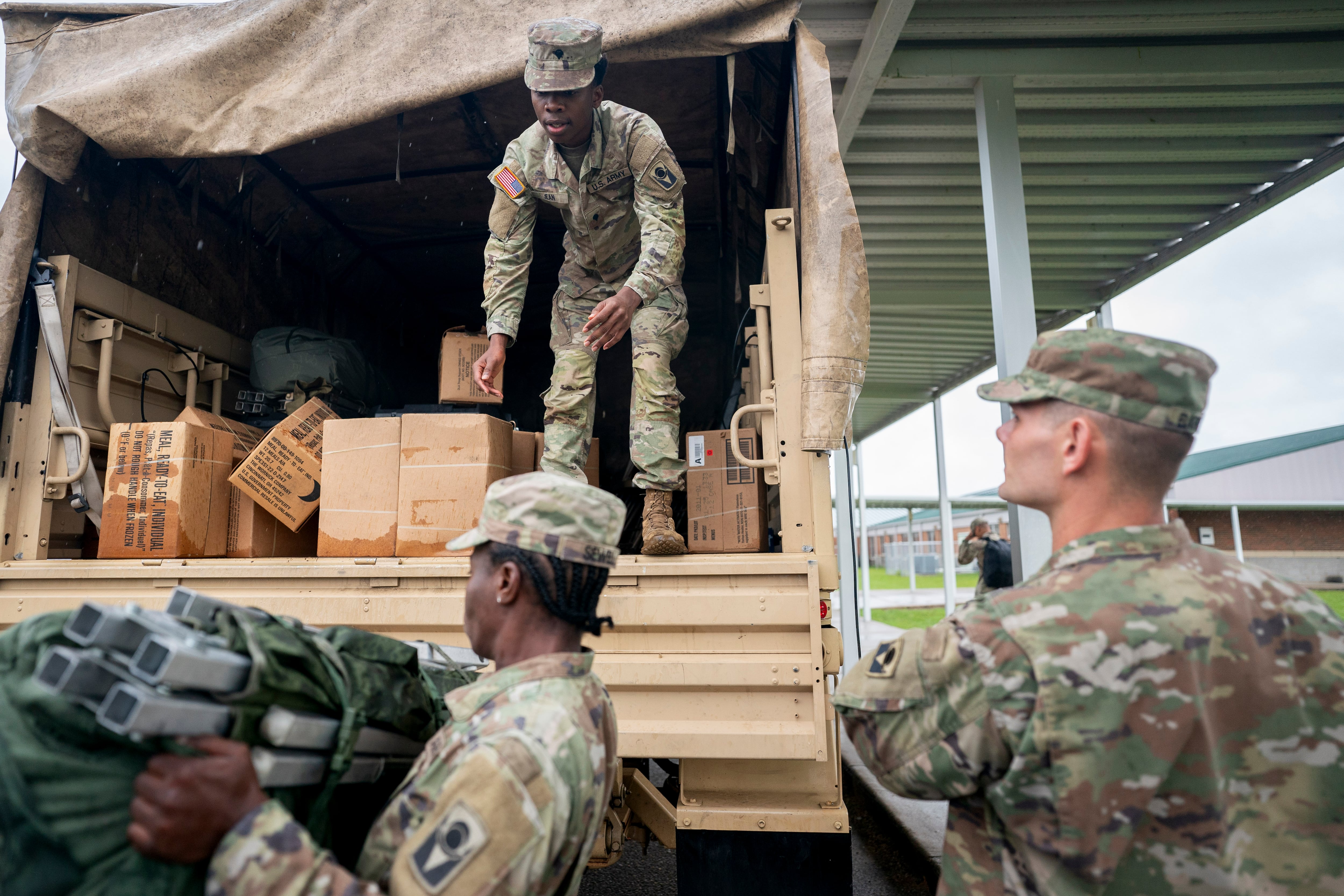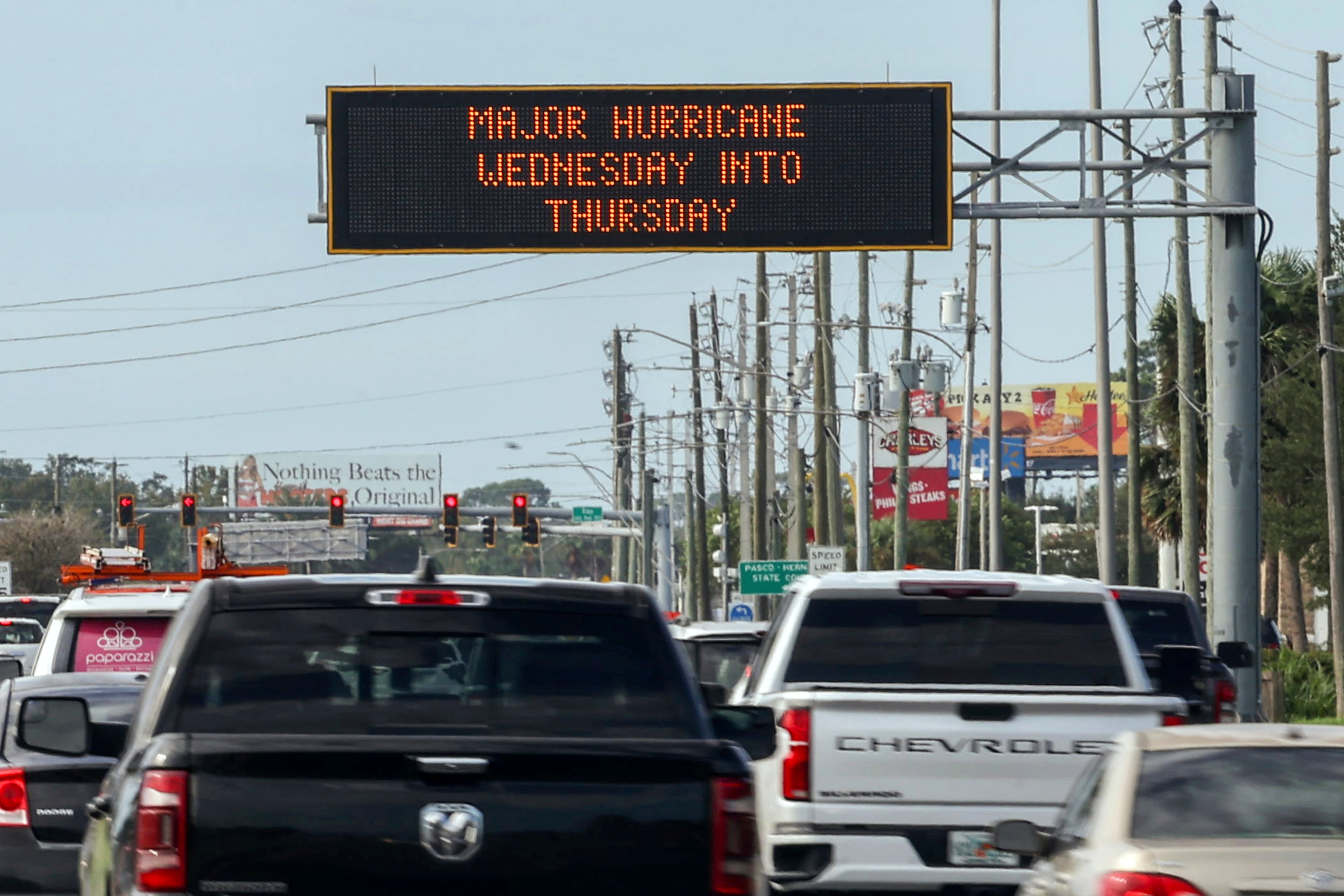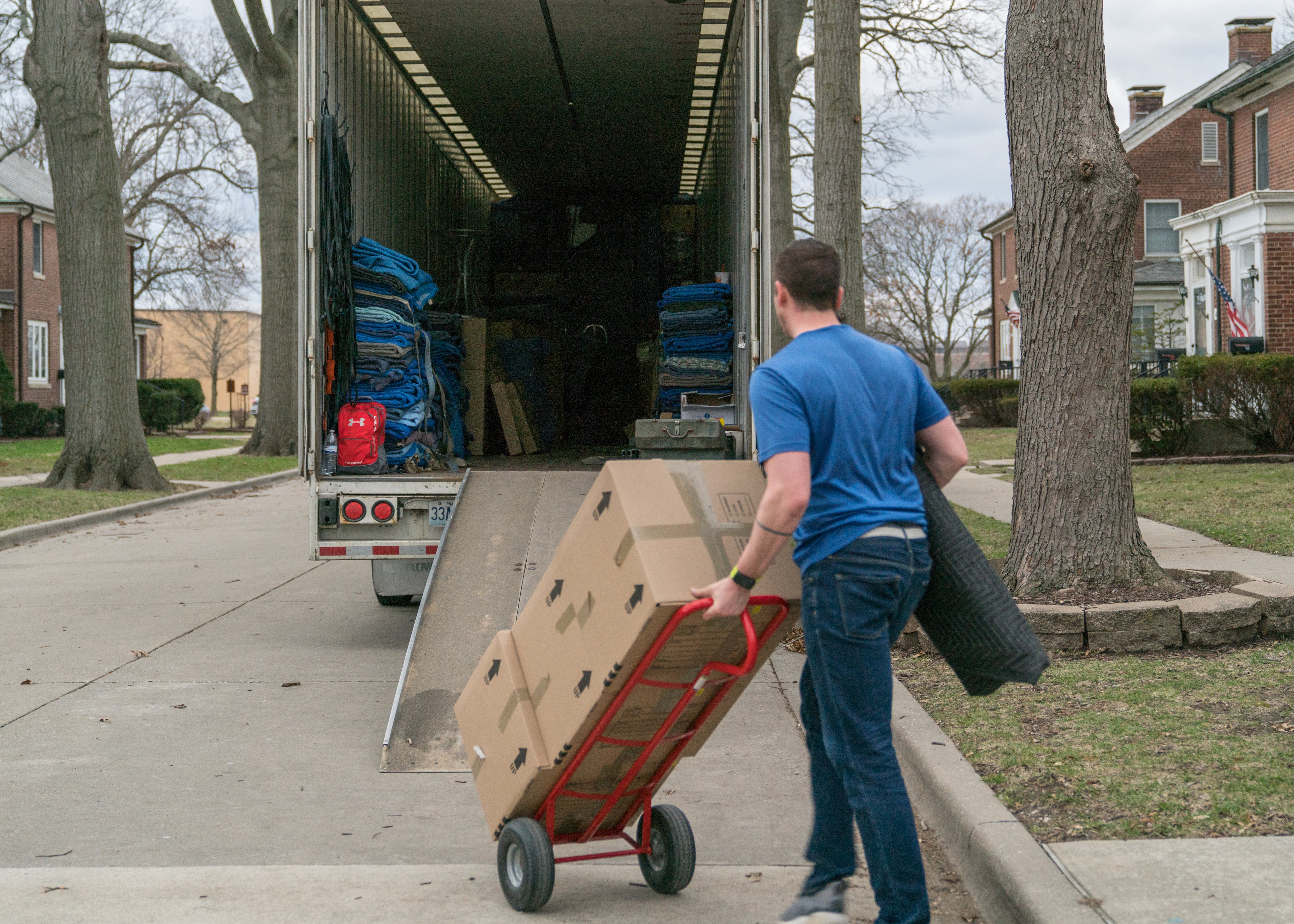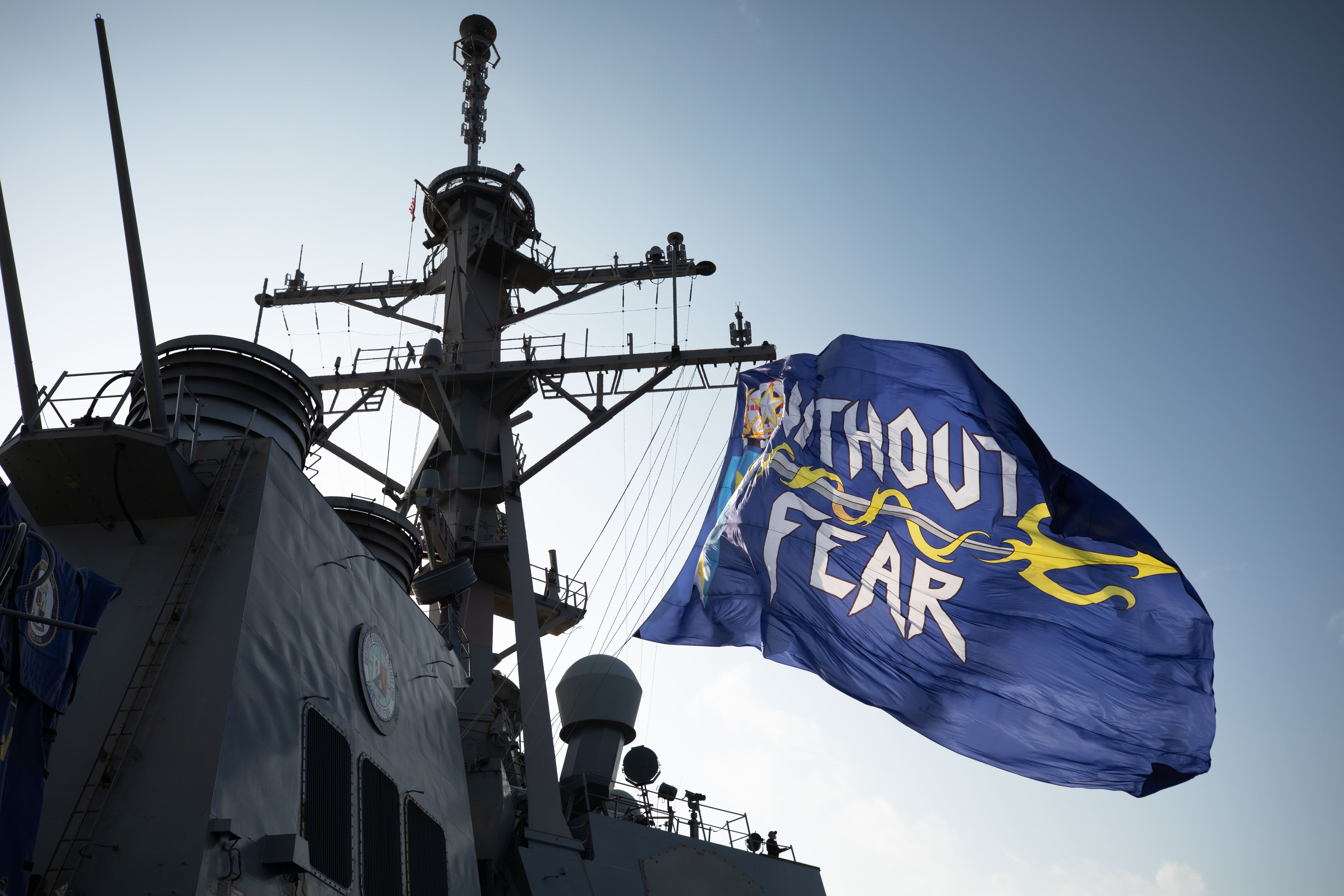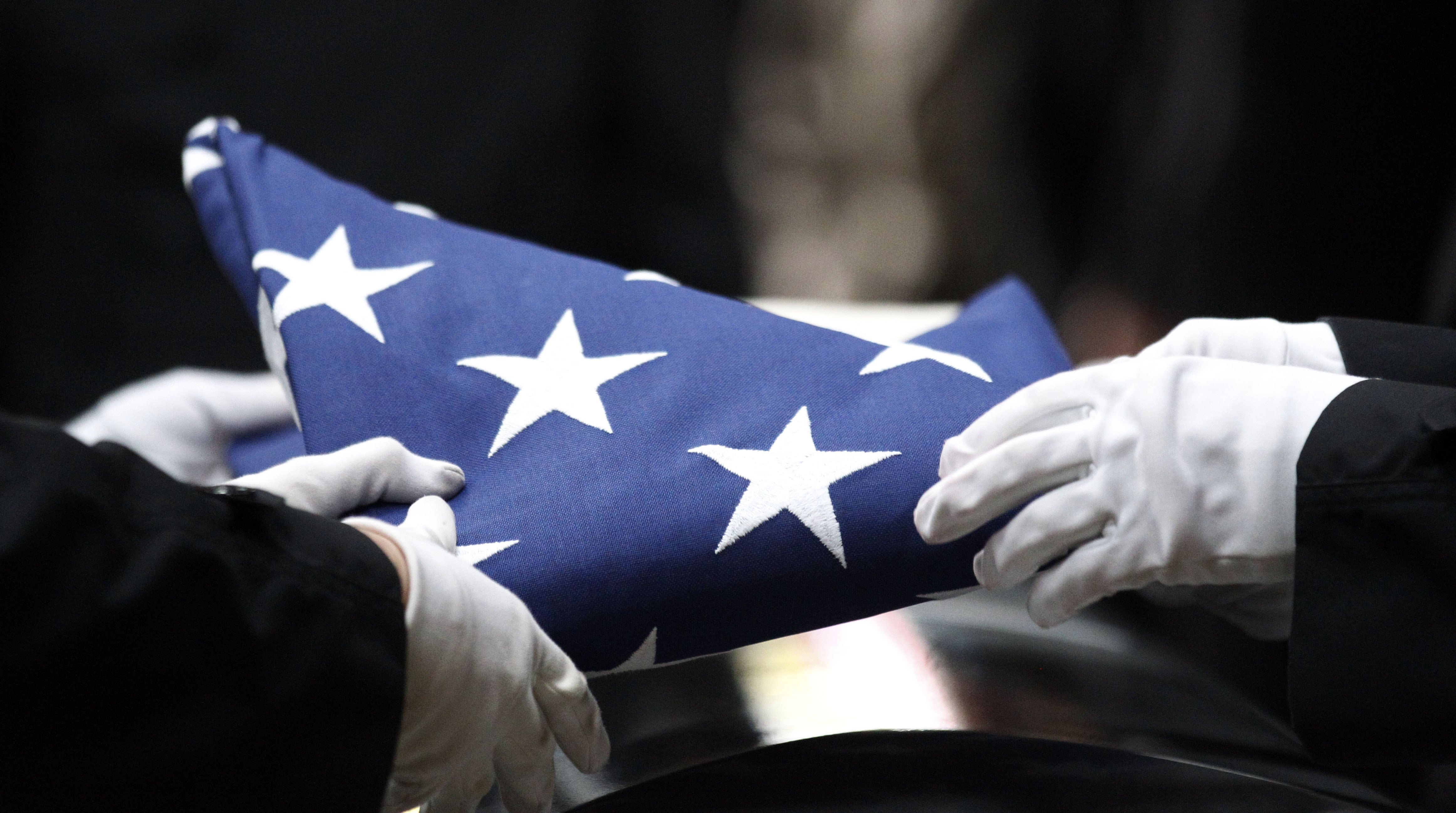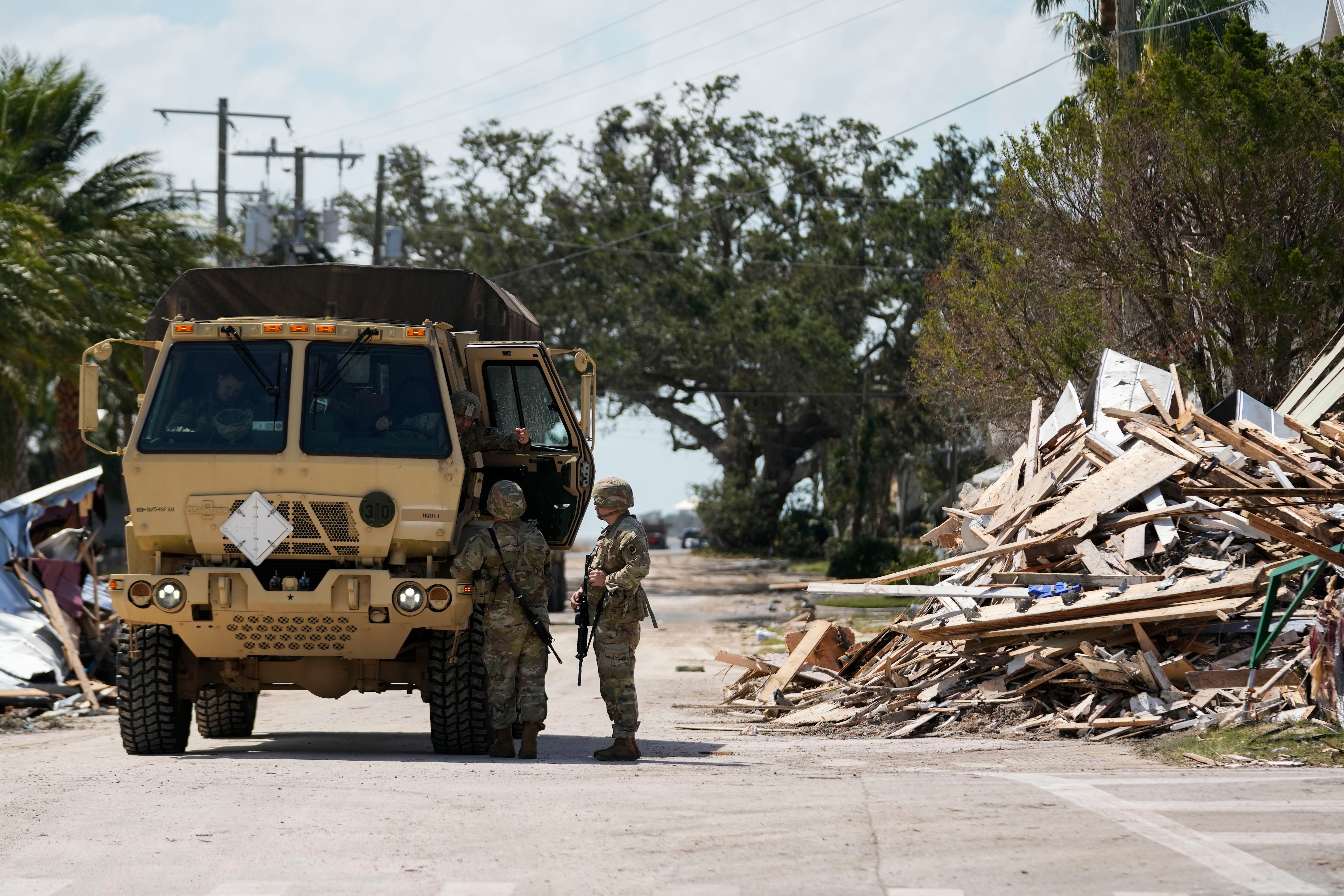Sailors had less than a minute to escape as seawater blasted through a massive hole in the destroyer Fitzgerald after a container ship struck its starboard side on June 17, according to a Navy report released Thursday.
Seven sailors could not escape the afflicted ship’s Berthing 2 area during a terrifying and chaotic scramble to get to higher ground. The berthing area filled with water in less than 90 seconds, according to Adm. Bill Moran.
The Navy’s official report released Thursday offers a harrowing account of the minutes and hours after the massive ACX Crystal container ship plowed into the Fitzgerald off the Japanese coast.
The report into the circumstances surrounding the death of seven sailors showcases acts of valor among shipmates in horrific circumstances. Obtained by Navy Times, the 41-page report stems from the preliminary inquiry and line of duty determination from Carrier Strike Group Five.
Yet the report does not address the cause of the collision or how the Crystal was ever able to get so close to one of the Navy’s most state-of-the-art, AEGIS-equipped vessels in the first place. It also does not address the actions of the Philippine-flagged Crystal. Several other investigations into the at-sea disaster remain ongoing.
The Navy recently revealed plans to discipline up to 12 Fitzgerald sailors, including the commanding officer, in connection to the destroyer’s fatal collision that led to the drownings of seven sailors.
RELATED

On the night of the collision, there were calm seas and moonlight as the two ships were underway in busy shipping lanes about 56 nautical miles southwest of the Fitz’s Yokosuka, Japan, home port.
At about 1:30 a.m. local time, the 728-foot Crystal’s bow struck the 505-foot Fitz’s front starboard.
The commercial ship’s bulbous bow bludgeoned into the hull near berthing 2, punching a 13-foot by 17-foot gaping hole that spanned the second and third decks below the main, according to the report.
Seawater poured into the berthing area and an adjacent auxiliary space. The door between Berthing 2 and a starboard access trunk pulled away from the ceiling and bent to a 90-degree angle.
“As a result, nothing separated Berthing 2 from the onrushing sea, allowing a great volume of water to enter Berthing 2 very quickly,” according to the report.
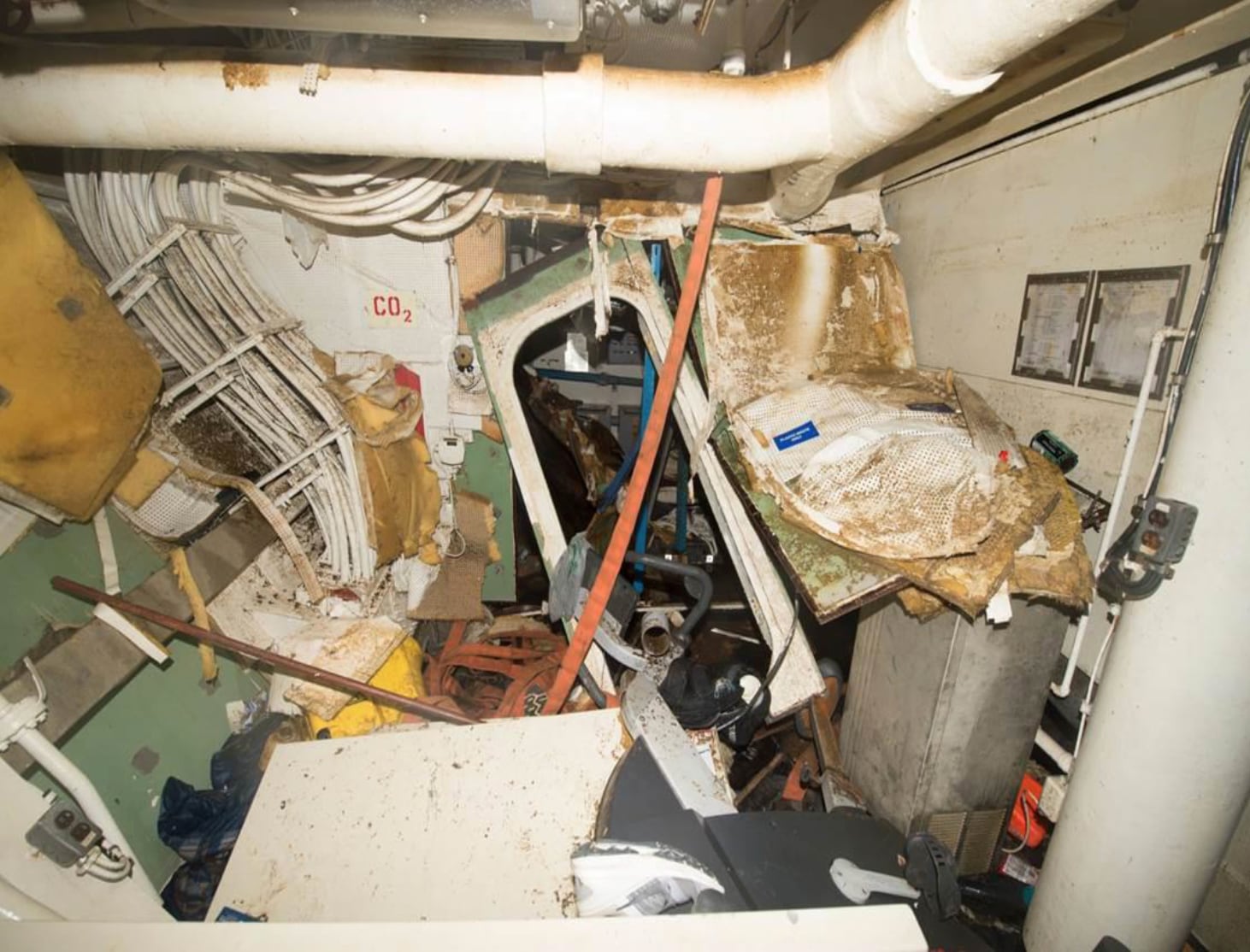
The 10-foot high berthing and auxiliary area would be completely submerged about 10 minutes later as seawater flooded in through the hull gash, according to the report.
Several areas of the ship above the waterline, including the commanding officer’s quarters, suffered catastrophic damage as well.
The impact caused the Fitzgerald to tilt 14 degrees to the left before settling into a 7-degree starboard list, and the flooding weighted the ship deeper to the right, according to the report.
Some of the 35 sailors in Berthing 2 at the time were flung from their racks, while others recalled a loud noise and unusual movement, the report states.
“Still other Berthing 2 Sailors did not realize what had happened and remained in their racks,” according to the report. “Some of them remained asleep.”
Some reported hearing alarms after the collision, “while others remember hearing nothing at all,” according to the report.
“Water on deck!” shipmates screamed in the berthing, seconds after impact. “Get out!”
“One Sailor saw another knocked out of his rack by water. ... Others began waking up shipmates who had slept through the initial impact. At least one Sailor had to be pulled from his rack and into the water before he woke up,” according to the report.
Senior sailors checked for shipmates still in their beds, and within a minute, the main area of Berthing 2 was flooded.
“By the time the third Sailor to leave arrived at the ladder, the water was already waist deep,” the report states.
Mattresses, an exercise bike, wall lockers and other debris floated into the narrow aisles between racks, hindering sailors from jumping off their racks and escaping as the water rushed.
The ship’s five- to seven-degree starboard list made it even harder for sailors to cross to port side to its two escape routes.
Battle lanterns, which turn on when power is out, lit the way.
The report suggests the sailors remembered their training and lined up “in a relatively calm and orderly manner” to climb the port side ladder and head through the watertight scuttle, according to the report.
“Even though the Sailors were up to their necks in water by that point, they moved forward slowly and assisted each other,” the report states.
Fire Controlman 1st Class Gary Rehm, the most senior of the seven sailors to die that morning, pushed a sailor out from under a falling locker at one point, one sailor told investigators.
Two other sailors who had already escaped the main part of Berthing 2 remained at the bottom of the ladder well to help others.
But those two sailors were forced to abandon rendering assistance as water reached the top of the berthing compartment.
“They continued to assist their shipmates as they climbed, but were eventually forced by the rising water to leave Berthing 2 through the watertight scuttle themselves,” the report states. “Before climbing the ladder, they looked through the water and did not see any other Sailors.”
The entire berthing and auxiliary area were reported completely flooded 10 minutes after the collision.
About that time, all power forward was lost. A sailor had to call Destroyer Squadron 15 on a personal cell phone at about 2:15 a.m. to notify them of the catastrophe, according to the report.
Once through the scuttle, out of the rising water and on the landing outside Berthing 1, sailors continued to search for shipmates, reaching down into the dark water of Berthing 2 to find anyone else.
Sailors managed to pull two submerged shipmates up and out of the inundated compartment. The last sailor pulled to safety from the flooded berthing had been in the bathroom at the time of impact and was knocked to the floor by the flood of water.
“Lockers were floating past him and he scrambled across them towards the main berthing area,” the report said. “At one point he was pinned between the lockers and the ceiling of Berthing 2, but was able to reach for a pipe in the ceiling to pull himself free.”
He made his way toward the port side watertight scuttle, which was “the only light he could see,” and was swimming toward it when he was pulled from the water, “red-faced and with bloodshot eyes,” according to the report.
“He reported that when taking his final breath before being saved, he was already submerged and breathed in water,” the report states.
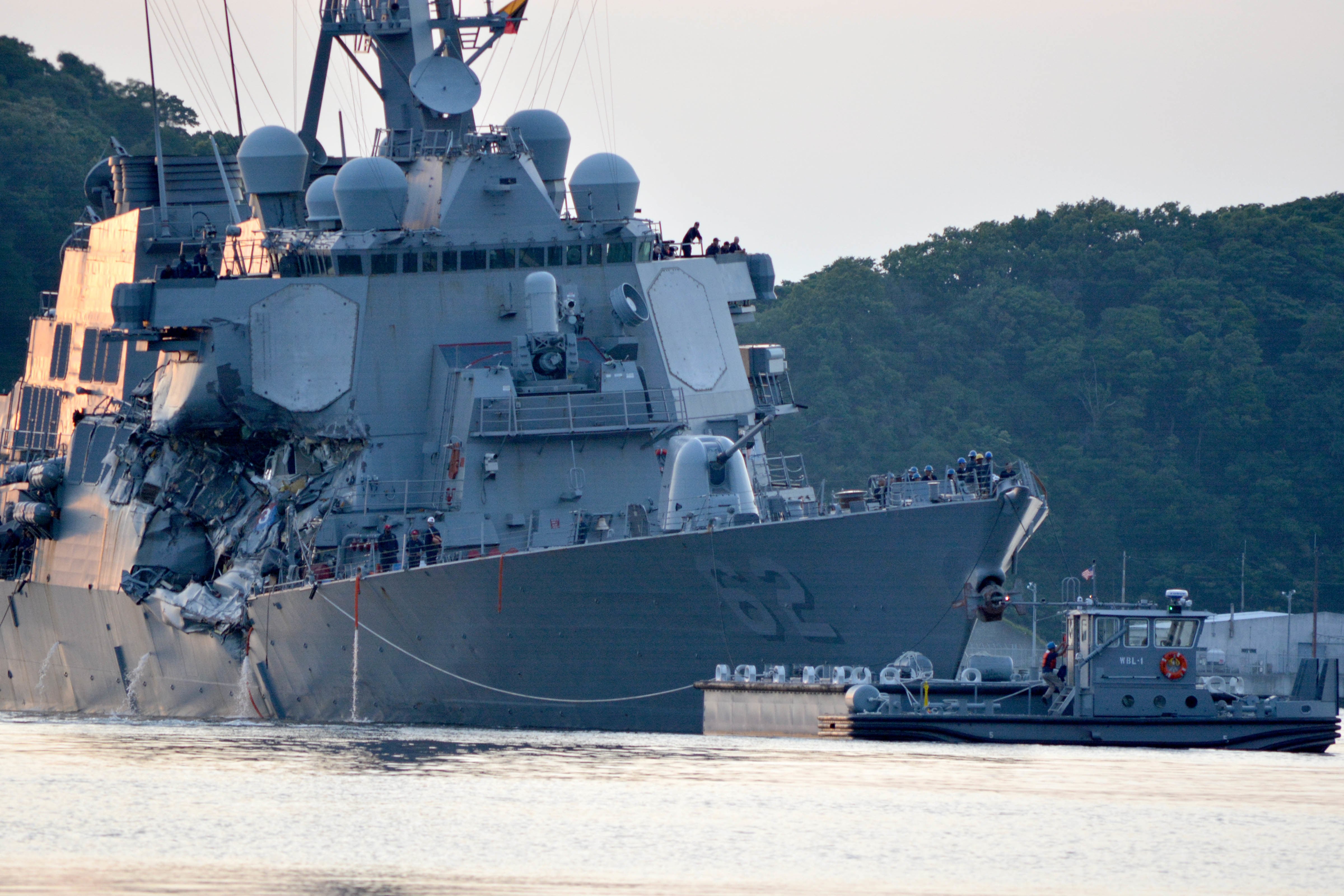
After that last sailor was pulled to safety, the two sailors helping at the top of that scuttle noticed water coming into the landing from Berthing 1.
They stayed at the ladder that now sank into berthing 2’s murky depths and again stuck their arms into the morass, trying to find other sailors.
“Berthing 1, with no watertight door between it and the landing, began to flood,” the report states.
Another sailor appeared with a dogging wrench, which is used to tighten hatch bolts and stave off flooding, according to the report.
“The three Sailors at the top of the ladder yelled into the water-filled space below in an attempt to determine if there was anyone still within Berthing 2,” the report states. “No shadows were seen moving and no response was given.”
Meanwhile, water was spilling up and out of Berthing 2 and onto the landing as the sea kept coming.
The sailors tried to close the scuttle to stop the water, but the flood’s force was too strong and the scuttle was left partially open, according to the report.
They climbed up the ladder to the main deck and secured the hatch and scuttle there between the main deck and berthing 1.
Twenty-seven of 35 sailors in berthing 2 at the time of impact escaped via the port side.
One sailor was able to escape Berthing 2 via the starboard side, right next to where the Crystal had struck.
After the collision, he tried to leave his top rack that sat in the row nearest to the starboard access trunk, according to the report.
He inadvertently kicked someone, so he crawled back into his rack and waited until he thought everyone else was out.
“When he jumped out of his rack a few seconds later, the water nearly reached his top bunk, already chest high and rising,” the report states.
The sailor moved against the incoming flood of water and lounge furniture.
He heard someone say “go, go, go, it’s blocked.”
Soon, he was underwater, but managed to find a small air pocket.
“After a few breaths … he eventually took one final breath and swam,” the report states. “He lost consciousness at this time and does not remember how he escaped Berthing 2, but he ultimately emerged from the flooding into Berthing 1, where he could stand to his feet and breathe.”
The sailor climbed to the main deck and collapsed.
Gunner’s Mate Seaman Dakota Rigsby, 19; Yeoman 3rd Class Shingo Alexander Douglass, 25; Sonar Technician 3rd Class Ngoc T. Truong Huynh, 25; Gunner’s Mate 1st Class Noe Hernandez, 26; Fire Controlman 1st Class Carlos Victor Ganzon Sibayan, 23; Personnel Specialist 1st Class Xavier Alec Martin, 24; and Chief Fire Controlman Gary L. Rehm Jr., 37, did not escape Berthing 2.
The Navy announced this week that they were posthumously advanced to their next rank. Their ranks above reflect the ceremonial advancement.
Their racks were located closest to the starboard access trunk “and directly in the path of the onrushing water,” according to the report.
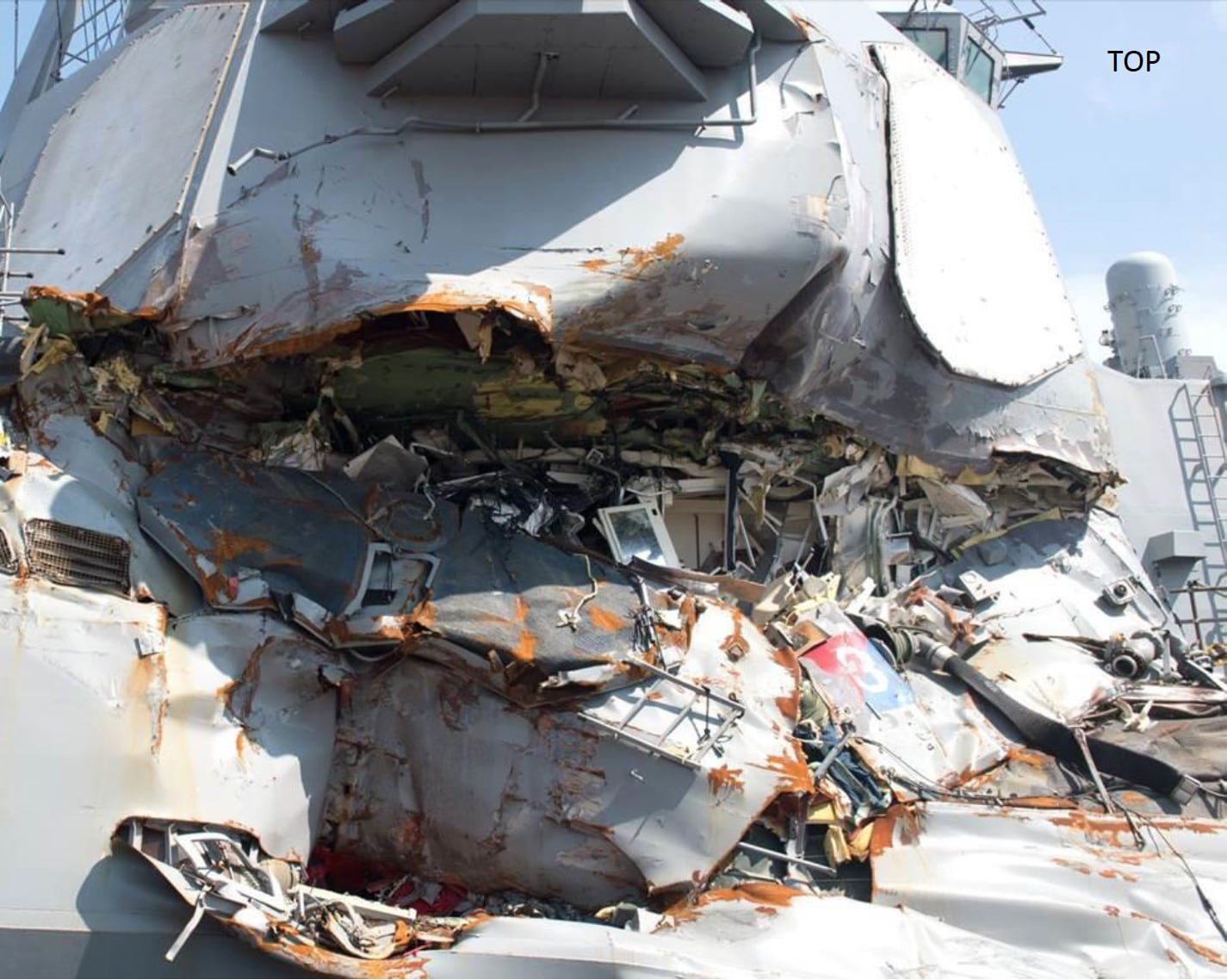
“Hanging wires and ripped steel”
The Berthing 2 survivors scattered to mess decks to treat injuries and pass out food and water, while others went to assist with damage control efforts.
“One Sailor later took the helm and stood a 15-hour watch in aft steering after power was lost forward,” the report states.
Cmdr. Bryce Benson, the ship’s CO, was in his cabin above the waterline when the Crystal’s bow directly struck his quarters, trapping him inside.
His crew sprang into action minutes after the collision.
“Five Sailors used a sledgehammer, kettlebell, and their bodies to break through the door into the CO’s cabin, remove the hinges, and then pry the door open enough to squeeze through,” the report states.
Debris and furniture still lay wedged against the door, so a junior officer and two chiefs crawled into the cabin.
“The skin of the ship and outer bulkhead were gone and the night sky could be seen through the hanging wires and ripped steel,” the report states. “The rescue team tied themselves together with a belt in order to create a makeshift harness as they retrieved the CO, who was hanging from the side of the ship.”
Benson was taken to the bridge, where his condition worsened. He was evacuated off the ship via helicopter a few hours later.
The ship’s combat systems officer was injured in the collision after returning to his stateroom to help a roommate trapped in his rack and was later medically evacuated as well.
Meanwhile, damage controlmen and other sailors worked furiously to pump water out of the listing ship.
Parties tried to pump out the five feet of water now sitting in Berthing 1, but with the watertight hatch leading to the flooded Berthing 2 still open, it was a lost cause, according to the report.
The starboard passageway was partially flooded, and damage control parties used shoring to reinforce the damaged area.
In radio central, the crew combatted flooding with stuffing tube compound, mops and buckets.
As damage control continued, reports of missing sailors began to come in.
Three sailors were reported trapped in sonar control as the spaces above them flooded.
They radioed for help but rescue teams could not reach them because the passageway was completely blocked, according to the report.
A team was eventually able to reach sonar control via an escape hatch and those sailors were rescued about 45 minutes after the impact.
By the time of a final all-hands muster at 5:40 a.m., roughly four hours after the crash, the seven lost sailors were reported as unaccounted.
Two Japanese coast guard ships arrived just before 5 a.m., along with U.S. maritime patrol aircraft.
A Japanese coast guard helicopter evacuated the injured CO back to Yokosuka, Japan.
As the broken ship steamed toward land, it couldn’t go faster than three to five knots, for fear it would take on additional water.
The deputy commodore of Destroyer Squadron 15 arrived in a helicopter just after 9 a.m. with a chaplain, doctor and chief damage controlman in tow.
The combat systems officer who was injured assisting his roommate, and the sailor who had escaped Berthing 2 via starboard, were evacuated off the ship.
A team from the destroyer Dewey came aboard around noon and helped with dewatering and passing out food and water.
The ship’s list held at 5 degrees starboard once flooding was stabilized, and aft steering was used since standard steering had been knocked out of commission.
The ship reached the Yokosuka pier just before 7 p.m. that day, and divers got to work.
The following morning, just before 5 a.m., they swam through the gaping starboard wound and into Berthing 2.
They immediately found Rigsby and took the Virginia native out of the ship.
They returned to the berthing and subsequently found Douglass, Sibayan, Martin and Ngoc in the lounge area, the report states.
Hernandez was found in the main passageway near the lounge area, while Rehm was found behind the closed door of a bathroom, according to the report.
The ship’s command master chief identified the lost sailors.
Adm. Charles Williams, head of Carrier Strike Group 5, praised the valor and professionalism of the sailors who escaped Berthing 2, and those who got the Fitzgerald back to land.
“No damage control efforts…would have prevented Berthing 2 from flooding completely within the first two minutes following the collision, or the deadly circumstances in that situation,” Williams wrote. “The loss of seven shipmates is a tragedy beyond words and a reminder of the dangers inherent in the mission of every ship and Sailor.”
Geoff is the managing editor of Military Times, but he still loves writing stories. He covered Iraq and Afghanistan extensively and was a reporter at the Chicago Tribune. He welcomes any and all kinds of tips at geoffz@militarytimes.com.


